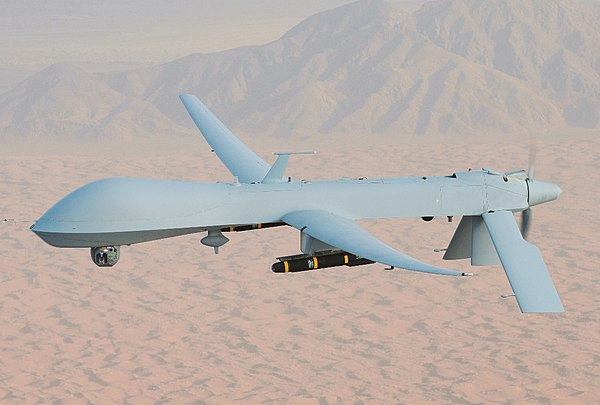"Drones are small helicopters": False. Drones are fixed prop and that mechanical difference alone places the devices in a unique category. The actual differences are many. It should also be mentioned that "drone" covers a wide range of devices, the proper term would be multirotor or specifically fixed prop multirotor.
"They cannot glide": False, I limp back using glide and auto-rotation type skills to inductively charge the battery and coast. Gliding is totally possible with low RPM for stability. Not the same as a powerless glide, but similar in the sense of floating on a cushion. Propellers during forward flight can offer lift, just like a heli.
"most drones move in very straight lines, of same altitude, with sharp turns": Not at all. My speciality is plane like flight. I have burnt at least 2000 flights doing controlled figure 8 bank turns to master the style. I only do abrupt turns as needed, otherwise I seek flow where planes and birds are my inspiration. Indeed, many of my flights are essentially identical to wing flight.
"results in quite unnatural "flight experience"": What is natural? Or, more to the point, natural is totally subjective based on the experience of the individual. My flights I consider very natural in the vein of how I would fly if you gave me a high performance hovercraft. A heli flight is natural to a heli pilot while a glider flight is natural to a pilot of that craft.
"any drones which would be able to simulate a more "natural" flying experience": YES, first understand that most of the experience is the skill of the pilot. A racer will not necessarily have chops for complex long multi-axes maneuvers (I can't slam gates very well FWIW). RotorX played with a hybrid glider/FPV drone - I don't think it ever got off the ground (I saw testing footage a few years ago). Andy Shen (ShenDrones) had an old unit he would bring to the field that was very "aircraft like" in flight with mixed props, custom mix controls, and hit 90mph (in NYC fields - that was fun).
"Are there such drones which are capable of this,": Again, look to the pilot more than anything. I am quite capable of long parabolic turns on almost any drone provided the rate, expo, and tune permits. Additionally, most FPV drones (my overwhelming speciality) fly in "rate" or "acro" where the control is raw (no stabilization, no auto level, no GPS, no guidance, only orientation and throttle). These types of flight provide full dominion over orientation as well as thrust, as a result the style of flight is trivial for skilled pilot/mechanic.
I will concede that true gliding, be it a variation of helicopter autorotation or controlled no-thrust glides, are generally not possible using a drone. We get close, and in many circumstances props, even at low RPM, do perform similar to a wing. We reserve the potential to dip into this behavior, it is not central to the flight paradigm.
A last note, harkening back to Andy Shen's drone I referenced. He used custom mix controls to facilitate the flights. Mix controls (if used) along with rate, expo, and tune are the determining factors for how a flight performs. Racing demands a certain type of tune for sharp turns, rapid reversal, and low-to-ground flight. Beyond configuration, there are MANY experimental drones out there operating in a hybrid manner a few examples:
- Aforementioned RotorX unit, talk to them
- The Stingray 500 by Curtis Youngblood could in theory autorotate and glide. Here is a review via FT https://www.youtube.com/watch?v=TnGhEInTXYc
- Various hybrid (generally commercial) drones - search out "VTOL" (vertical take off and landing) to find many hybrid "winged" drones.
If you have any questions or want some example flights please reach out to me directly.
